The Istrian Peninsula is the largest in the Adriatic and has picturesque towns hugging its coastline, popular seaside resorts, and an interior dotted with medieval hilltop villages upon a lush green landscape. It is becoming known as a wellness destination for healthy foods, wines, relaxation, and recreation.
The beautiful area of Kvarner extends down from the Istrian Peninsula and wraps its arms around the Kvarner Gulf on the Adriatic Sea. It includes the mountainous ranges of Gorski Kotar, two national parks, the Opatija Riviera, Crikvenica health resort, and the islands of Krk, Cres, Lošinj, and Rab.
History buffs will love exploring this region, as even the landscape has stories to tell. Since the 9th century BC, inhabitants of Istria-Kvarner have included the Illyrians, the Celts, and the seafaring Liburni. The region of Istria and the Istrian Peninsula are named for the ancient tribe of Illyrians, the Histri, who occupied the peninsula and were credited with building the first hilltop fortresses there. Over the centuries, Istria has changed hands many times. Today, monuments and architecture testify of Roman, Byzantine, Venetian, and Austro-Hungarian influence, among others.
The rich history of this area is evidenced by archaeological finds that include important ancient Glagolitic writings. Bašćanska ploča (the Baška tablet), c. 1100 AD, was discovered on the island of Krk and contains the first written mention of the name of Croatia, referring to Zvonimir the King of the Croats, who reigned from 1075 to 1089. The 1288 Vinodolski zakonik (the Vindol Statute) was also from this region and is one of the oldest Slavic and European codes. Statut Grada Kastva (the Kastav Statute) from 1400 confirms the status of the city of Kastav as an administrative and political center.
The Roman Empire left remnants of its culture in great buildings, monuments, and public works around much of Croatia, and Istria has some of the most notable structures—including the Pula Arena, one of the largest and best-preserved Roman coliseums. Unlike the Colosseum in Rome, if you time it right, you can have the Arena all to yourself to wander among the stones, listening for the echoes of gladiators and muses.

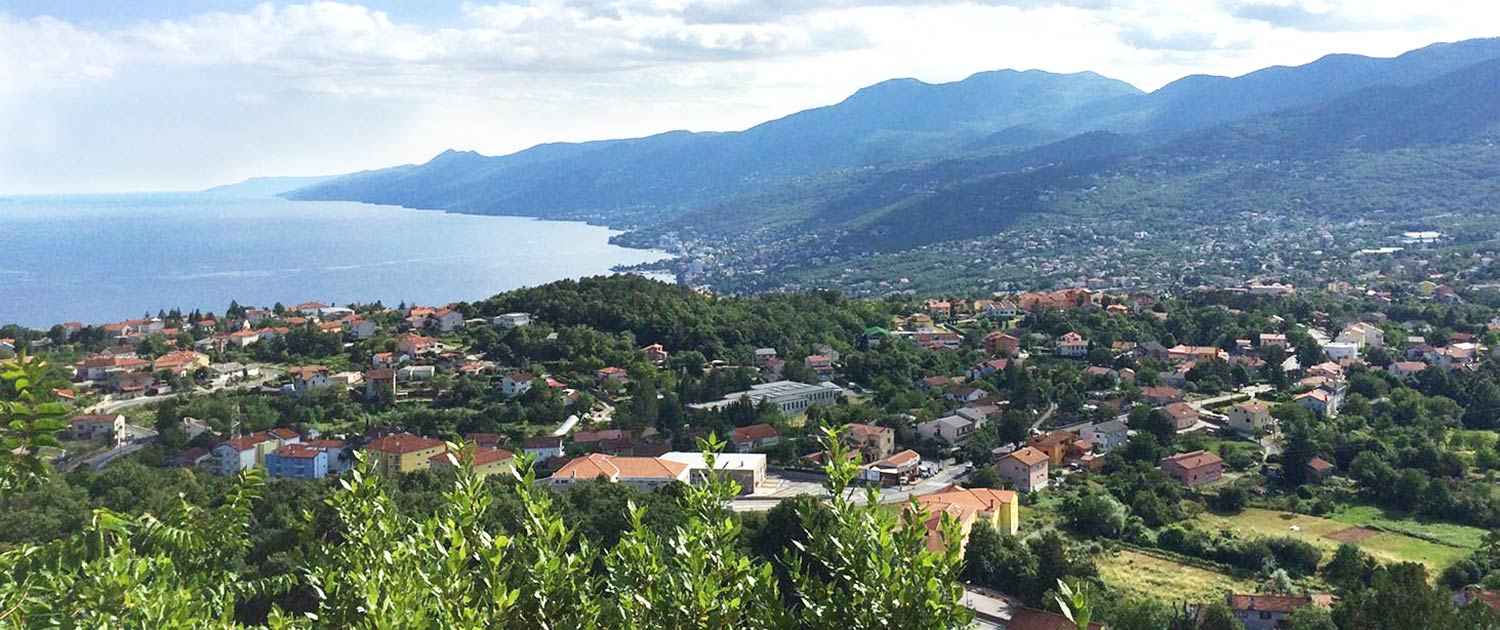
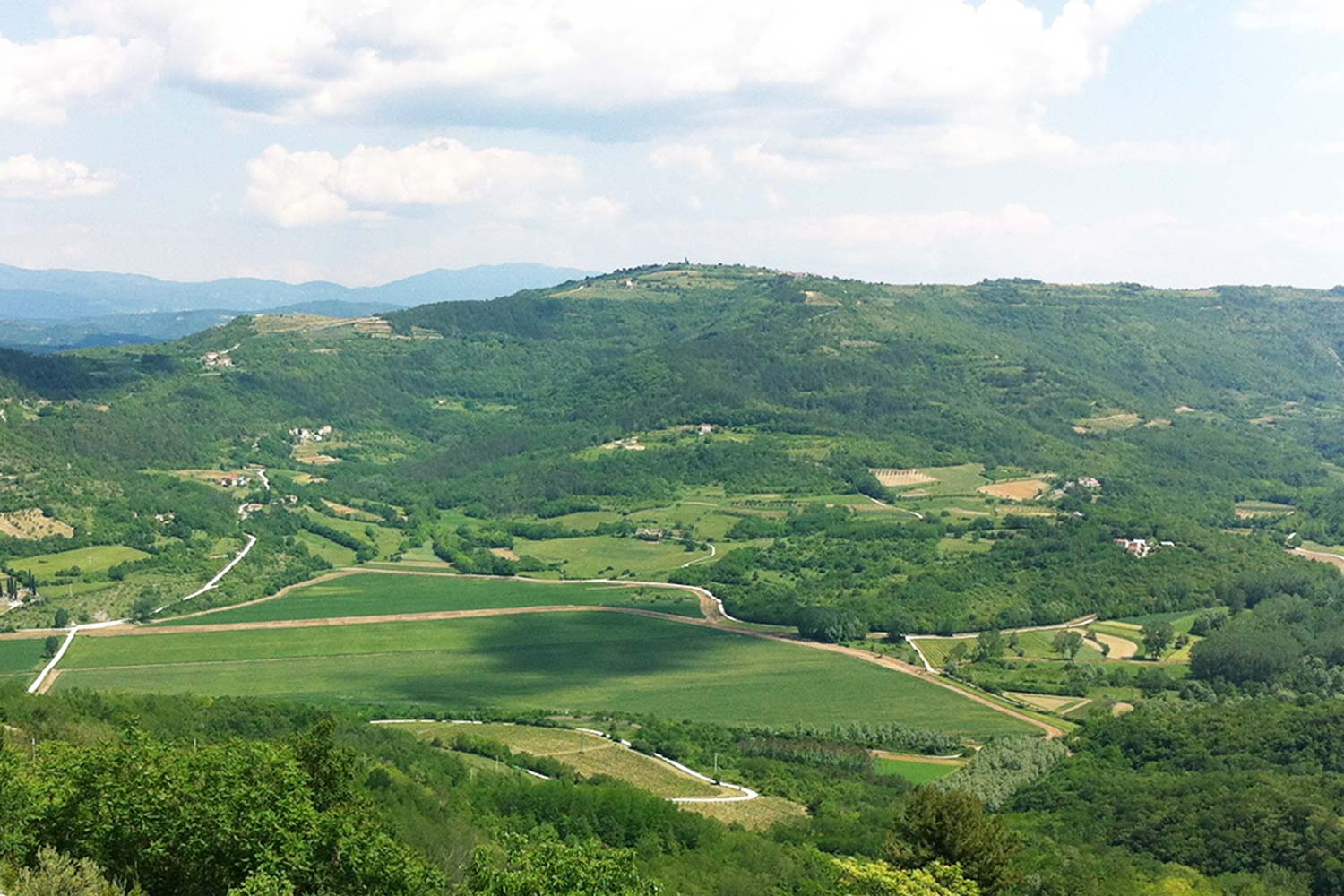
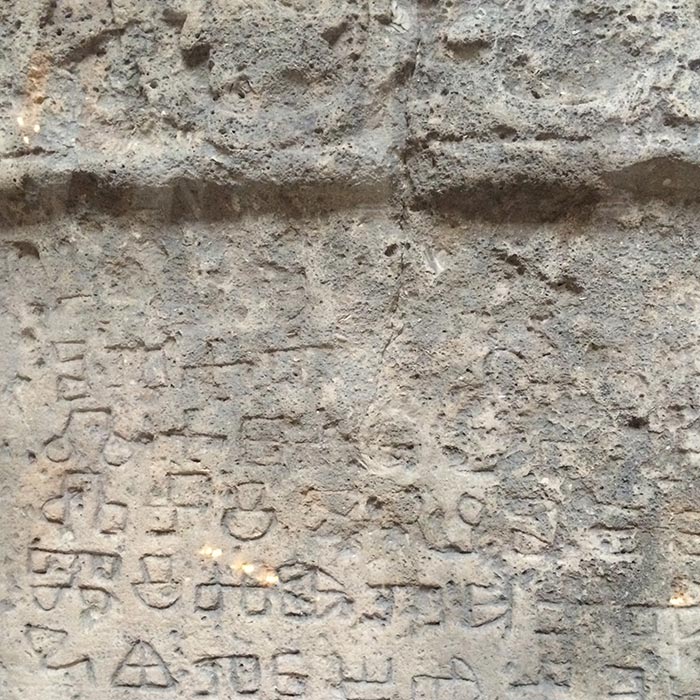
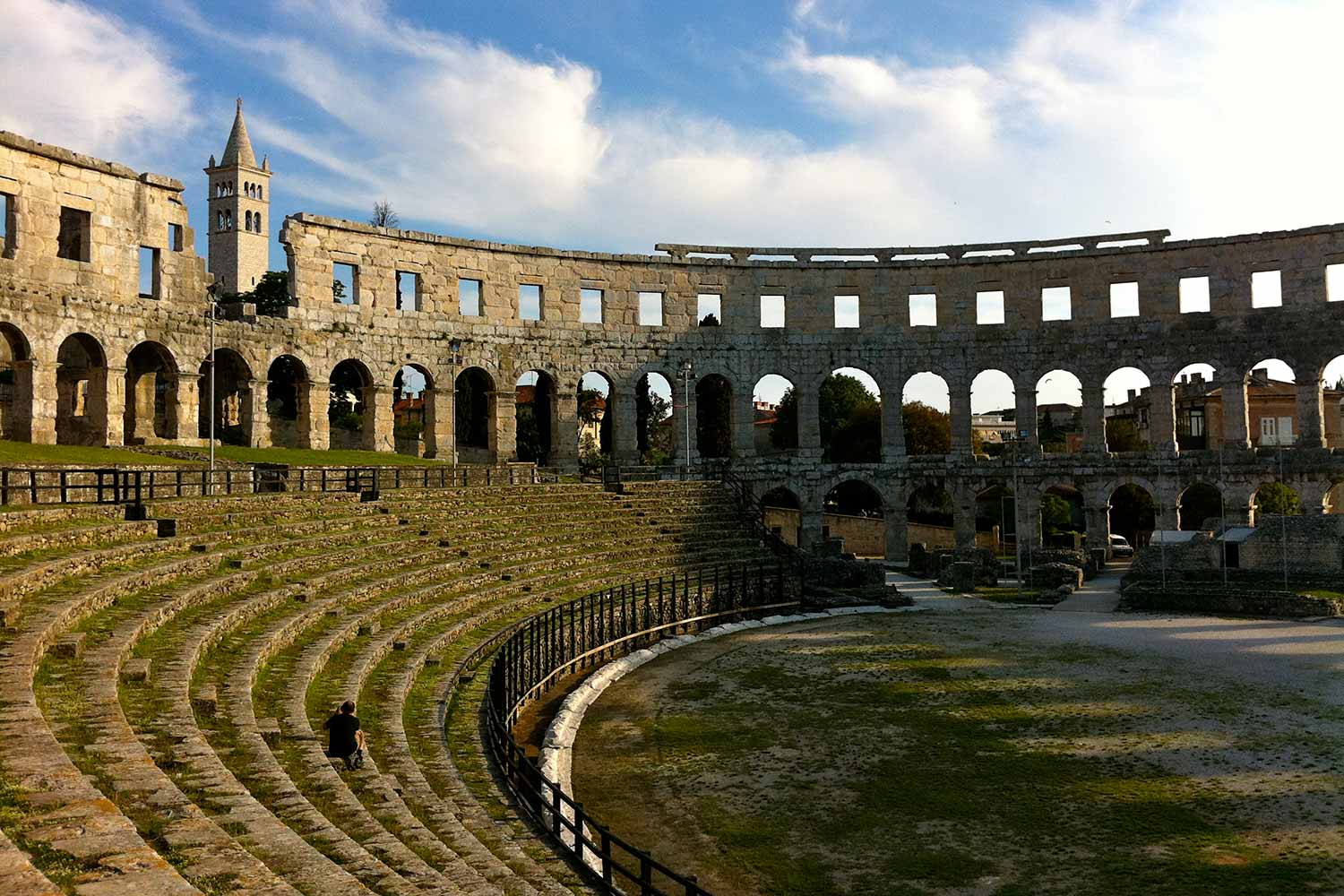
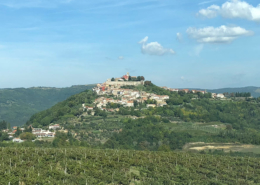 ©2020 DOMA Trading
©2020 DOMA Trading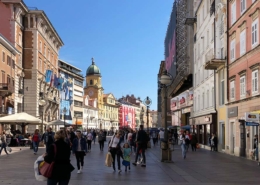 2019 DOMA Trading
2019 DOMA Trading 2019 DOMA Trading
2019 DOMA Trading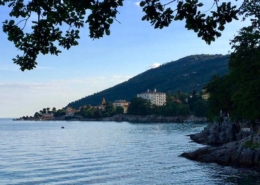 2019 DOMA Trading
2019 DOMA Trading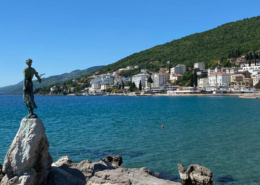 ©2020 DOMA Trading
©2020 DOMA Trading